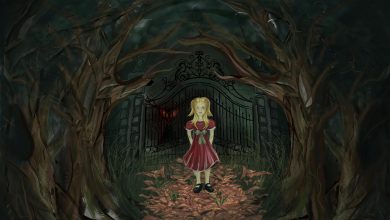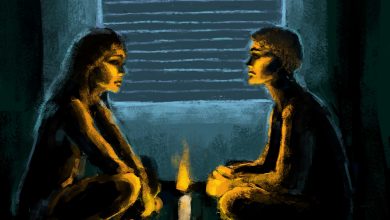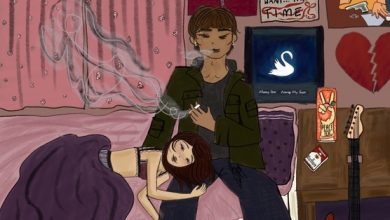Deaf “Hunchback of Notre Dame” Calls for More Inclusive Theater

Image by Katherene Quinteno.
“What makes a monster and what makes a man?” demands the new musical “The Hunchback of Notre Dame” in its opening number. From there, it unfolds into a two-act production of the classic tale about oppression, love, and humanity. The most recent productions of the show at the Sacramento Music Circus and The La Mirada Theater have reinvigorated the heart of the tale and have made the musical accessible to wider audiences with one simple, grand thing: the use of Deaf talent.
The story’s good-hearted protagonist Quasimodo was played in both productions (in August in Sacramento and October in Los Angeles) by Deaf actor John McGinty. Like the 1996 Disney film the show is based on (with darker elements of the original Victor Hugo novel worked in), Quasimodo lives disabled and alone at the top of the Notre Dame cathedral. His only company is his cruel caretaker Frollo, and the gargoyles that he imagines come to life to speak with him. In these new stage productions, the gargoyles are played by ensemble members, conversing with Quasimodo both verbally and in American Sign Language.
One of these gargoyles is credited as the “voice of Quasimodo” (played by Jim Hogan in Sacramento and Dino Nicandros in LA) and voices Quasimodo’s singing parts throughout the show. McGinty moves across the stage with fluid movements, signing with his whole body as his “voice” belts the songs simultaneously. Each performance enhances the other, with the movements of McGinty’s language so beautiful and forceful it can only be described as an art in its own right – one that theater has sorely been lacking previously.
The story itself celebrates those who are willing to grow and understand disability, and condemns those who do not. Quasimodo’s first true friend, Esmeralda, finds sanctuary at the top of the cathedral with him. She learns that he is deaf, and attempts to copy his signing in an attempt to learn. At the end of the show, she signs and speaks a sentence to him simultaneously, indicating she has spent time learning to accommodate him.
In contrast, the villain of the story, Frollo, believes himself to be a holy man of God, casting judgement and never extending a hand of sympathy or mercy. Despite being the guardian of Quasimodo, he never once signs when communicating with him. Frollo refers to Quasimodo as “deformed,” showing that much of Frollo’s cruelty manifests as ableism.
All storytelling bears a responsibility to reflect our world and simultaneously shape it. Stories of marginalized groups must be told onstage, both for actors to be given opportunities, and for audiences to be represented. Musical theater has historically been inaccessible to wide audiences, for a long list of reasons, both economic and social. Closing the door on people with disabilities should not be one of those reasons.
Musical theater is at its best when it is a catalyst for change. Without constantly striving to be better, there will be little worth left in the stories that are told on stage. Lyricist Yip Harburg famously said “The musical theater songwriter, like any artist, cannot be neutral. He must be committed to the side of humanity.” Including Deaf actors and different modes of language is embracing an often-forgotten side of humanity.
Let “Hunchback” be an example. Let diverse types of talent fill the stage in years to come, making plays and musicals accessible to the hard-of-hearing and wider audiences. Create new spaces, new mediums of art that not only include, but showcase deaf talent. May crowds fill at theater doors, crying “Sanctuary!” as Esmeralda did at the entrance of the Notre Dame cathedral, and may they never be turned away.




